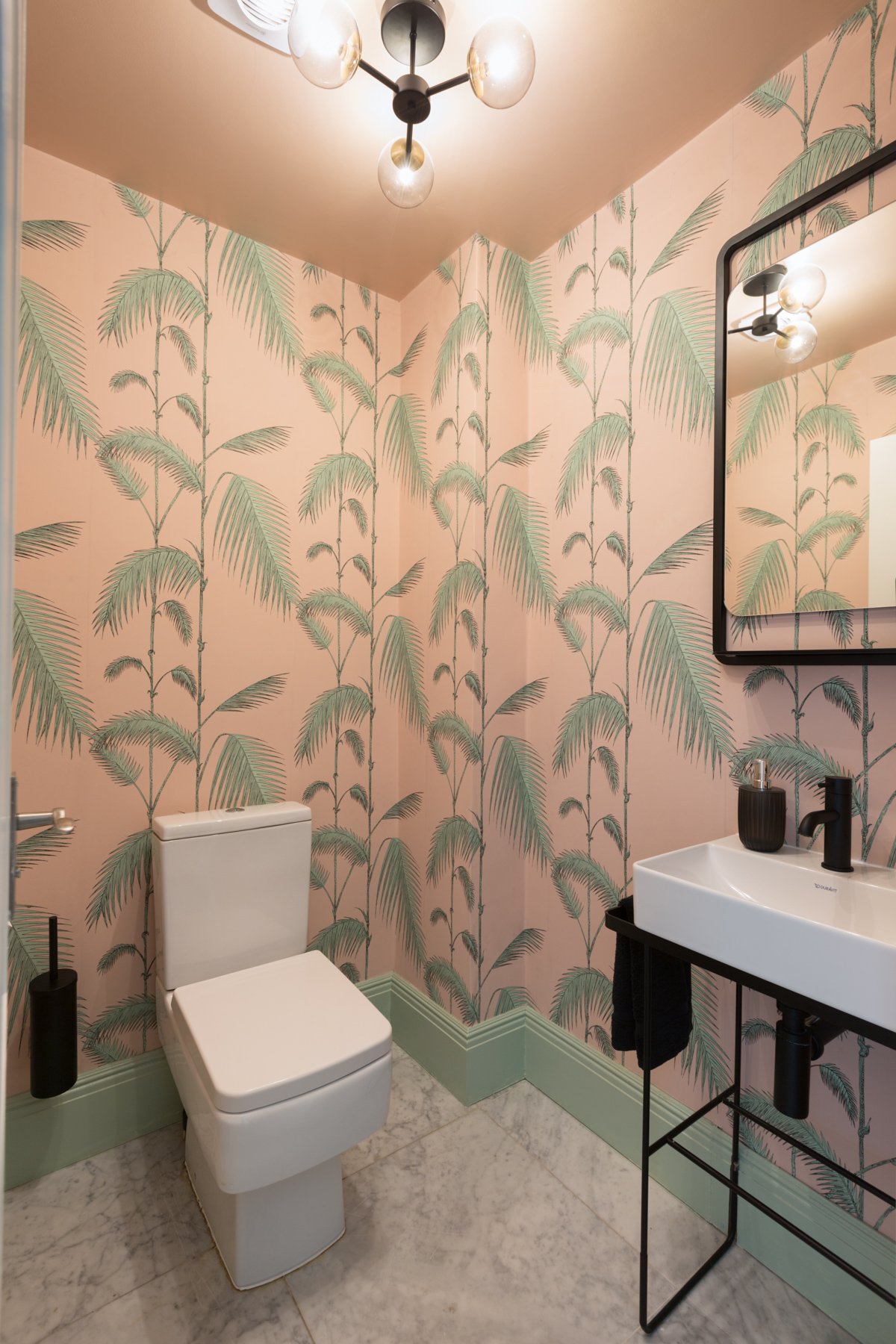5 INTERIOR DESIGN CONUNDRUMS, AND HOW TO SOLVE THEM
Happy New year from the team at Cigal Kaplan Interiors!
In today’s blog, we’ll help you identify the 5 most common interior design conundrums that we’re often asked about, and give you solutions for them – this will help to get your 2023 off to a good start, and kick those January blues to the curb. If you have any other questions or would like help solving your particular design conundrums, we’d love to answer them in another blog or through private consultation, which you can book here.
HIGH WALLS/CEILINGS
High walls can look sparse and cold if they’re not dressed properly, so wall treatments and ceilings will therefore play a large part in bringing these down to feel more relaxed and homely.
With wall treatments, use décor to cast the eye upwards. You could use a large bookshelf with a ladder for a dramatic feel, or wall shelving. Alternatively use pictures up the wall, or one huge picture such as an antique map, either whole or cut to fit a series of frames and spread across the wall.
What I’d really recommend is a combination of art with a textured wall covering or panelling. In a previous project I used light grey panelling, contrasted with a darker colour for the walls. Then I painted the ceiling to match the panelling. This grounds the room while still showing off those gloriously high ceilings. I also leant wall art above said panelling, to add even more drama into the room.
With ceiling treatments, create a statement with pattern and/or texture. You might want to have a ceiling mural or add more panelling to make things feel less expansive. Tented ceiling décor is another option if you’re going for a traditional look. A more architectural feature, which would look incredible in almost all rooms, is adding fake beams. These are inexpensive but make the room feel smaller and less intimidating.
NARROW HALLWAYS
In narrow hallways you’ll want to make the room feel taller. Hang wall art higher and again, emphasize ceilings. Use wall sconces and lovely pendants and/or chandeliers to make things feel bigger than they are. Runners will ground the room, and utilize a narrow console table if you have space.
Mirrors will make this space feel a lot larger and keep the natural light bouncing around the area. In addition, you’ll want dual-usage furniture to save space, so source things like benches with storage underneath. Click here to read my blog about the best storage for space-saving.
If the area is really narrow, hang coat rails and floating wall shelving a little higher. This avoids any claustrophobic feeling. In this tightly-fitted room, every item of furniture needs to have purpose and intention. Install radiator covers, using them as another shelf, utilizing even more space.
TINY BATHROOMS
Tiny bathrooms are, in my opinion, often the most charming. They are a good way of injecting intense colour, texture and pattern, making a home feel more alive and energetic. As in my previous suggestions, decorate upwards and emphasise the ceilings and walls, so add art and/or ceiling details, sconces and imaginative lighting.
Play around with interesting tiles and, again, hang mirrors to create a larger feel. Alternatively, you might want to embrace the snugness of this type of room, and go for a really dark, intense colour. Add a skylight if you can, so long as no one will see you from above! Also consider painting ceilings in a shiny, sheen colour, matching your walls. This will make the space feel bigger and add a luxurious feel.
Glass shower doors will keep things feeling open, and shower and bath niches or dado rails allow for storage above. Ledges under the bathroom mirror are also a brilliant space-saving option. Hide toiletries away so the space doesn’t feel cluttered.

LARGE LIVING ROOMS
Expansive, open-plan living rooms require clever zoning. Each area should, again, have intention. Consider reading nooks, TV watching areas, and home study places.
Let’s first discuss furniture layout. In rooms like these, furniture shouldn’t be flush against the wall –it should be in the centre of the room to feel sociable and intimate. Now we’ve established this I’ll discuss other furniture specifics.
In large spaces, (and in all living rooms really), ensure that all seating has corresponding side tables. This will take up significantly more space in the room and make things feel relaxed and comfortable. In addition, when placing sofas in the middle of the room, make sure there is furniture behind it. This stops furniture looking confrontational when you enter the room, and takes up more space.
If you have a large rectangular living room, I’d recommend putting sofas back to back, or separate them with a console table in between if you have a really large space. This breaks up the room nicely, allowing you to have two social areas as opposed to one. L shaped sofas feel soft and intimate, so this might be another option too.
Section off your room with partition walls or screens. The latter is obviously less of a financial investment, but they’re really effective in cosying up a space, and can be placed in awkward corners to add a layer of interest as well.
Partition walls can be made of any material, so you have more creative freedom. They’re also the most expensive, so you need to consider how much they will affect the feel of the room. One creative but effective idea that I saw recently was internal window partition walls, which allow for loads of light within both rooms, create cohesiveness, but still allow for separation between rooms. You could also get functioning partition walls, with shelving or storage.

WINDOWLESS ROOMS
The key with these rooms is lighting – so focus on this as much as possible. Paint the space in light colours and ensure there are plenty of reflective surfaces, either mirrors, shiny furniture or light fittings. Ceiling, wall, decorative, task and floor lighting should be layered to enhance brightness. Use natural light bulbs, as opposed to yellow or cool white.
As mentioned before, use transoms and glass internal partition walls to make use of space. These will give the illusion of windows in a place where there aren’t any. Use art to create points of interest throughout, and add pops of colour so that things don’t feel washed out.
Thanks so much for reading this month’s blog. If you need help designing for your home, get in touch with us here. Stay tuned for next month’s blog on how to add pops of colour to your living room.








